.. ,
. . . ,,
final project
designing (almost) anything
. . , .
ideas, brainstorming, and iterating
a widget folio
Look at the 2002 proposal here

I also came across a project that made a paper speaker that made a foldable speaker that clicks into place, so I was thinking perhaps I could inclorporate that into the back of my phone. This way someone could input their digits on the front, turn the phone around, snap the speaker into place and chat with the person on the other side.

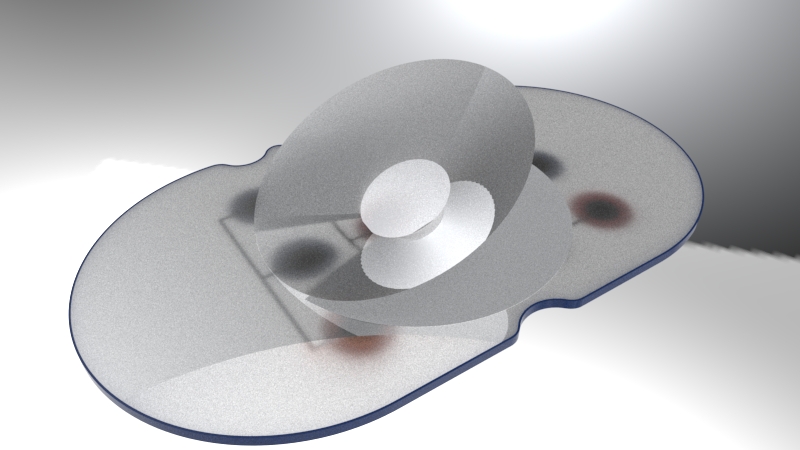
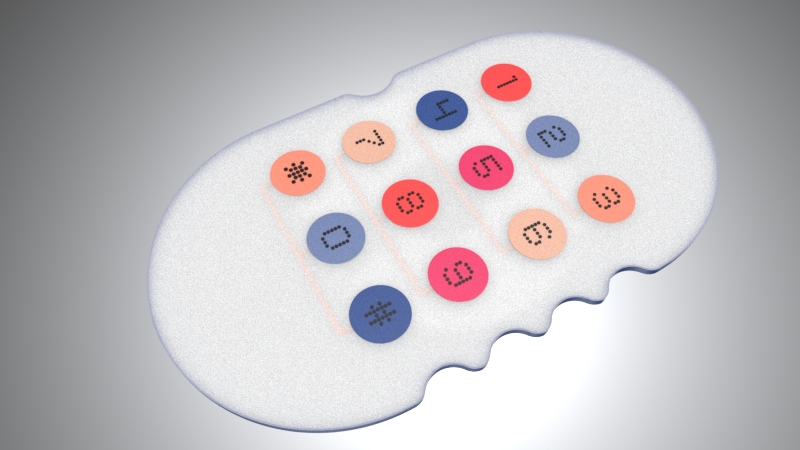
////// update: design pivot //////

/ˈwijət/
noun
plural noun: widgets
1. a small gadget or mechanical device, especially one whose name is unknown or unspecified.
2. an application, or a component of an interface, that enables a user to perform a function or access a service.
I came accross this project by french designers that created paper electronic toys and was very intruiged by their approach with the interaction between the electronics, paper, and the user. I also really liked how the batteries they were using were similarly lightweight and flat, which might serve as useful power source ideas for my project.
////// update: another design pivot //////
I think this train of thought is the most interesting to me, as it becomes a very playful and do wad of an object where the fabrication and electronics need to work in harmony. I have begun to think of the idea as a 'gumby thneed', referring to the sticky silicone green man and the product from the Lorax that could famously 'be anything and everything people need'.
I am really interested in the idea that the different functionalities emerge when different limbs on the object touch, forming a complete circut. Perhaps the same limb can even lead to different functionalities depending on the other limb it is connected to.
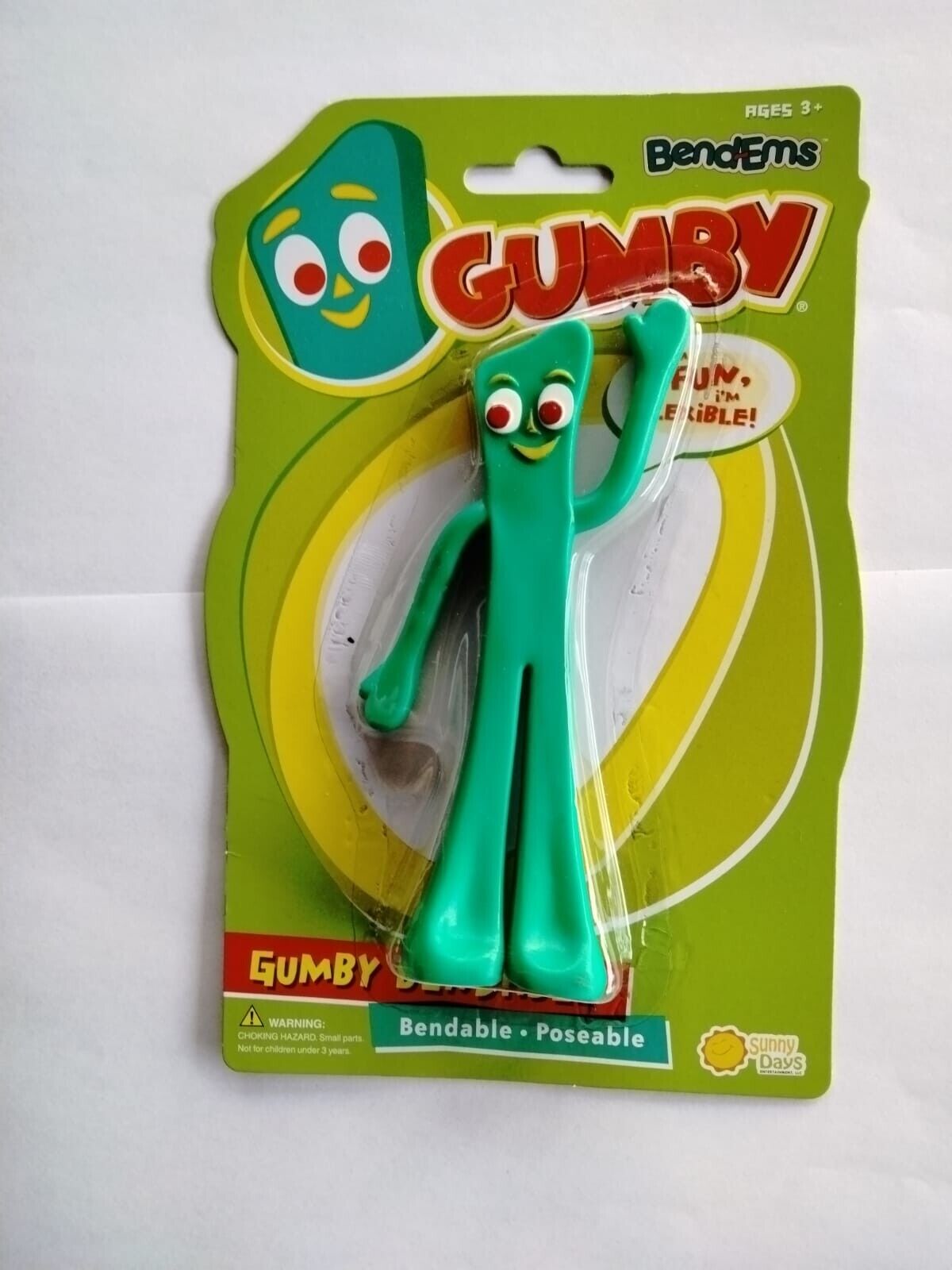
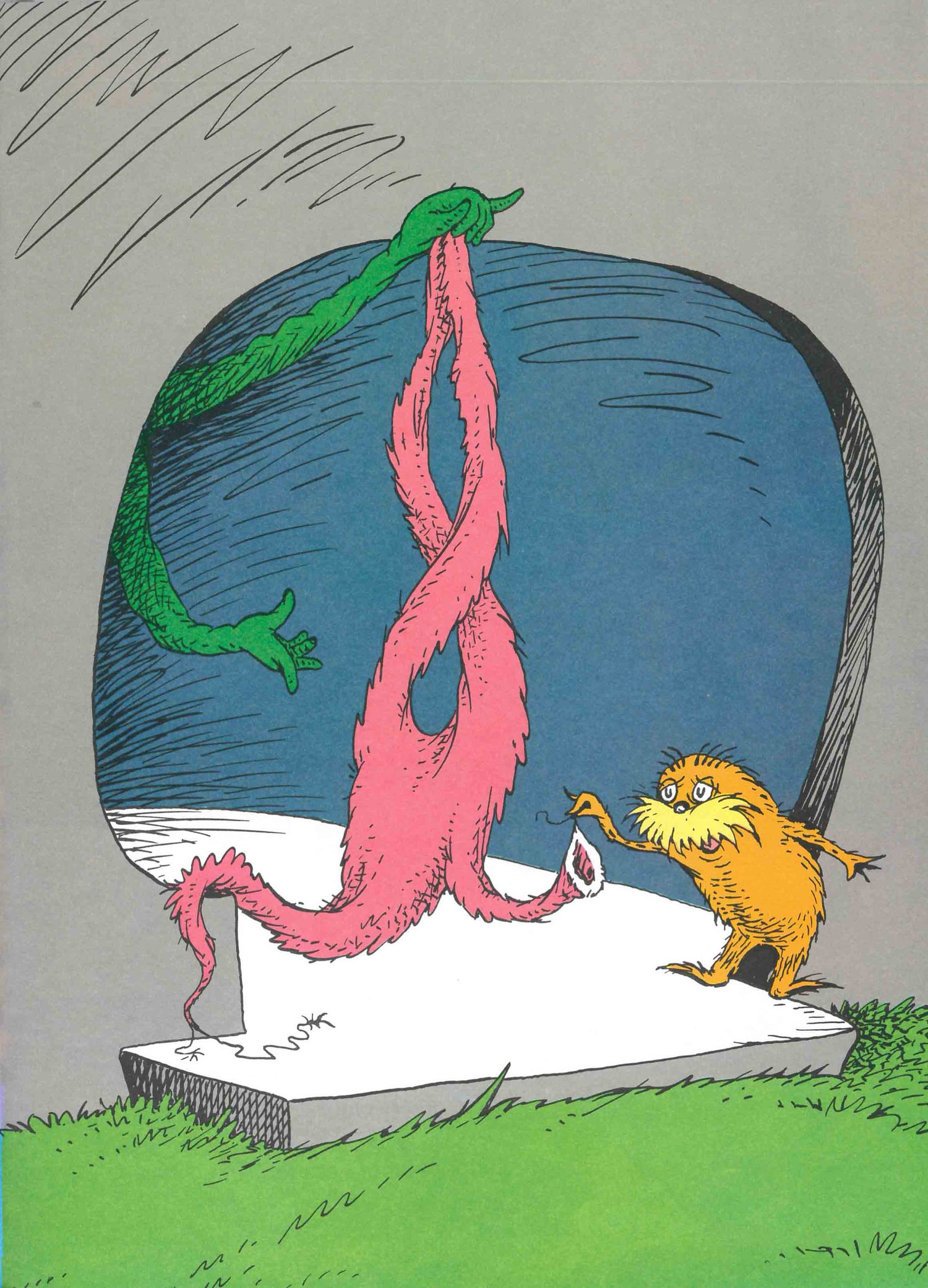
| Functionality | Posible Physical Position | Priority to Implement (on a 1-3 Scale) | Required Hardware Overview |
|---|---|---|---|
| CLOCK | Wrist-sized object so it can potentially be worn as a watch? |
1 | Array of 60 LED lights/embedded screen? alternitavly, 12 LEDs in a circle such as here |
| TIMER | Any | 3 | Lights of any number to show time drcreasing (at least 3) and a vibration to indicate time has run out. Also touch inputs to set the amount of time for timer. |
| DIGITAL PET | Any | 3 | Eyes and Smile with lights, feeding and playing with it, haptic feedback. |
| GAME | Any | 3 | Could fit into the components of other functions if it has some sort of inputs and outputs. |
| MAGIC EIGHT BALL | Any | 3 | LED light array to convay message, touch inputs of some sort |
| DECORATIVE PATTERN | Necklace organization | 2 | LED light array to display digital decorative geometry, music visualizer. |
| WEATHER FORECAST | Any | 2 | LED light array to display the weather |
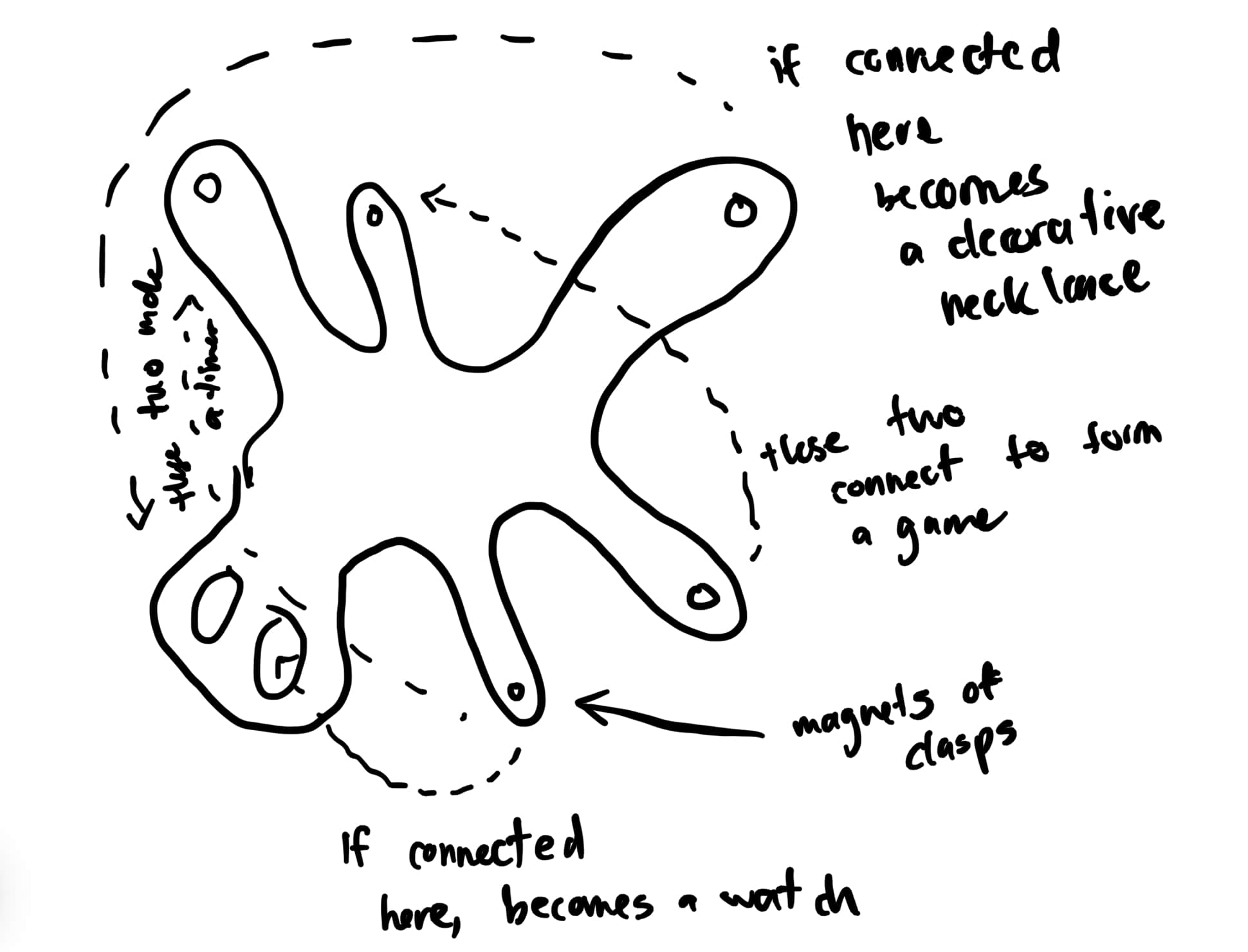
update: design revamp

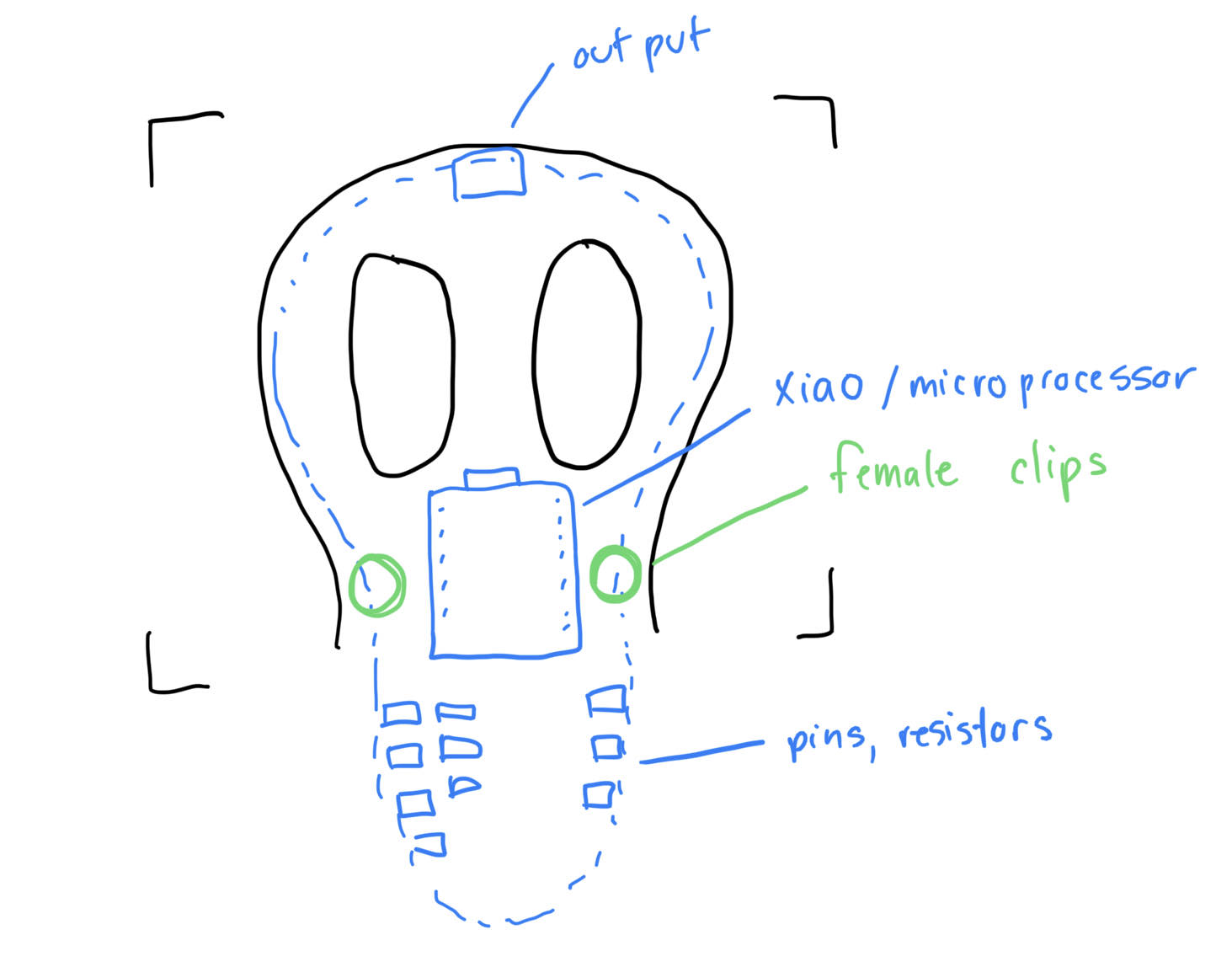
Hardware Electronics
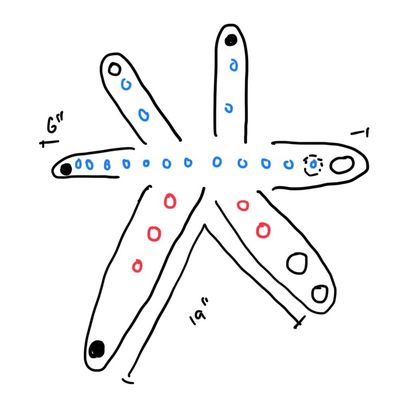

| Functionality | Arm combination | Functionality | Required Hardware |
|---|---|---|---|
| CLOCK | 1 + 4 | 1 | + 12 RGB Lights + GPS tracking to know the time |
| TIMER | 2 + 3 | 3 | +12 RGB lights to display countdown +3 buttons (one is enter, one is + and one is -) |
| DIGITAL PET | Any | 3 + 4 | +12 lights +3 buttons |
| GAME | Any | 5 + 6 | +10 lights +2 buttons (catch and reset) |
| MAGIC EIGHT BALL | Any | 3 + 4 | +10 lights +2 buttons (weekly and day weather) |
| DECORATIVE PATTERN | 1 + 6 | 2 | +12 lights +button to switch modes |
| WEATHER FORECAST | Any | 2 + 5 | +LED light array to display the weather +2 buttons to switch from day to week display +wifi module to figur eout the forecast |
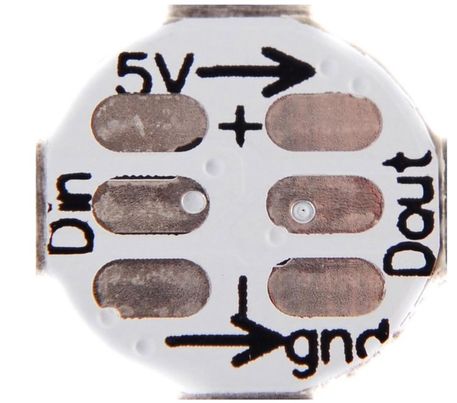
I purchased these lights here, which have built in circuts and can be condtrolled in bulk yet are individually accessible.
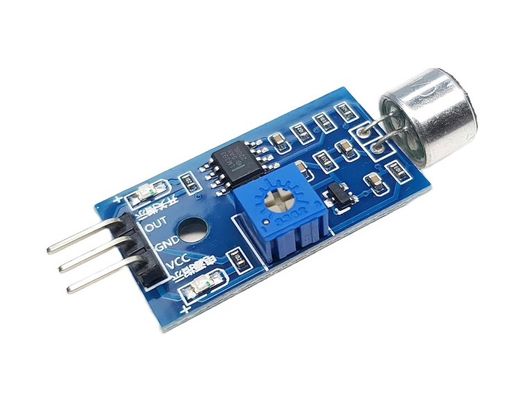
I also got this speaker here, which will only use one of the XIAO pins for the output.
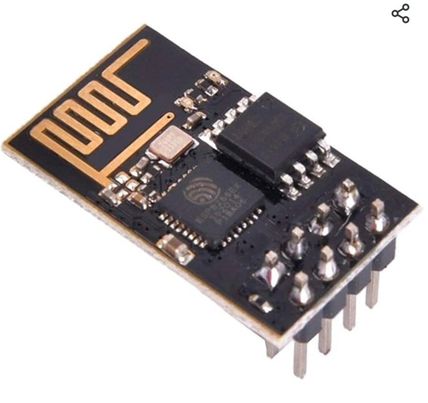
I aquired this wifi module here, which will connect tot he time and weather and such.
PCB Design and Fabrication


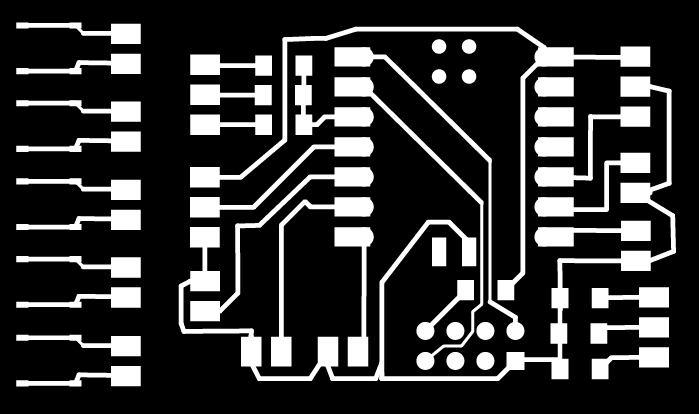
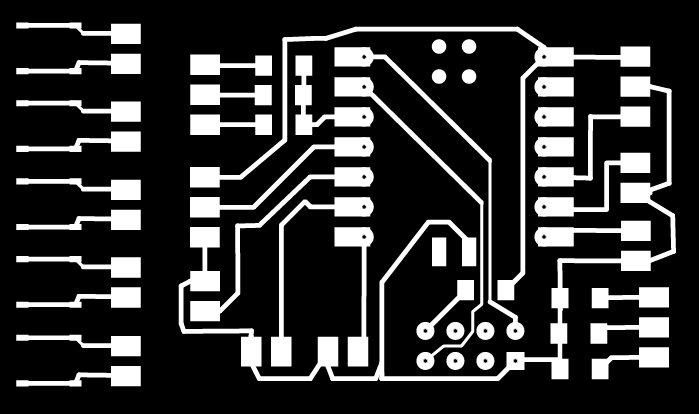
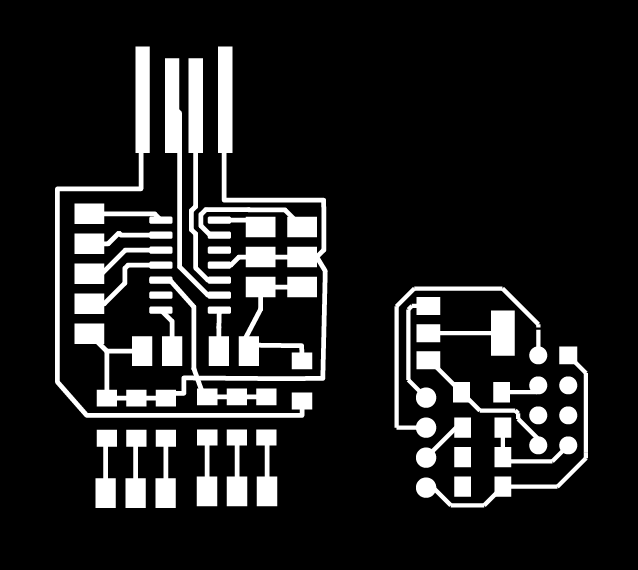
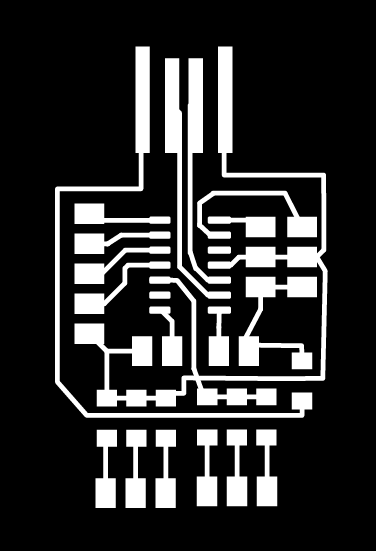

Casting and Moldmaking
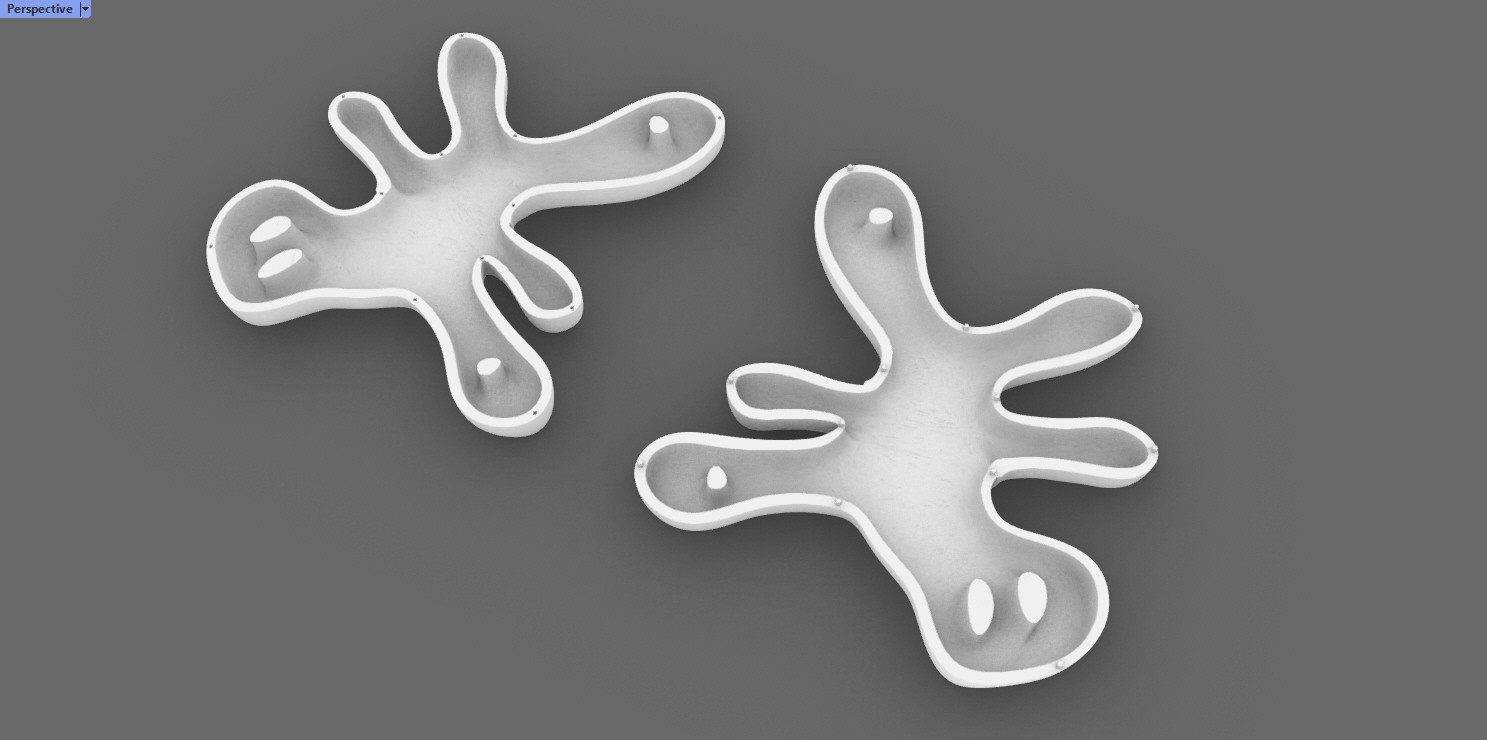
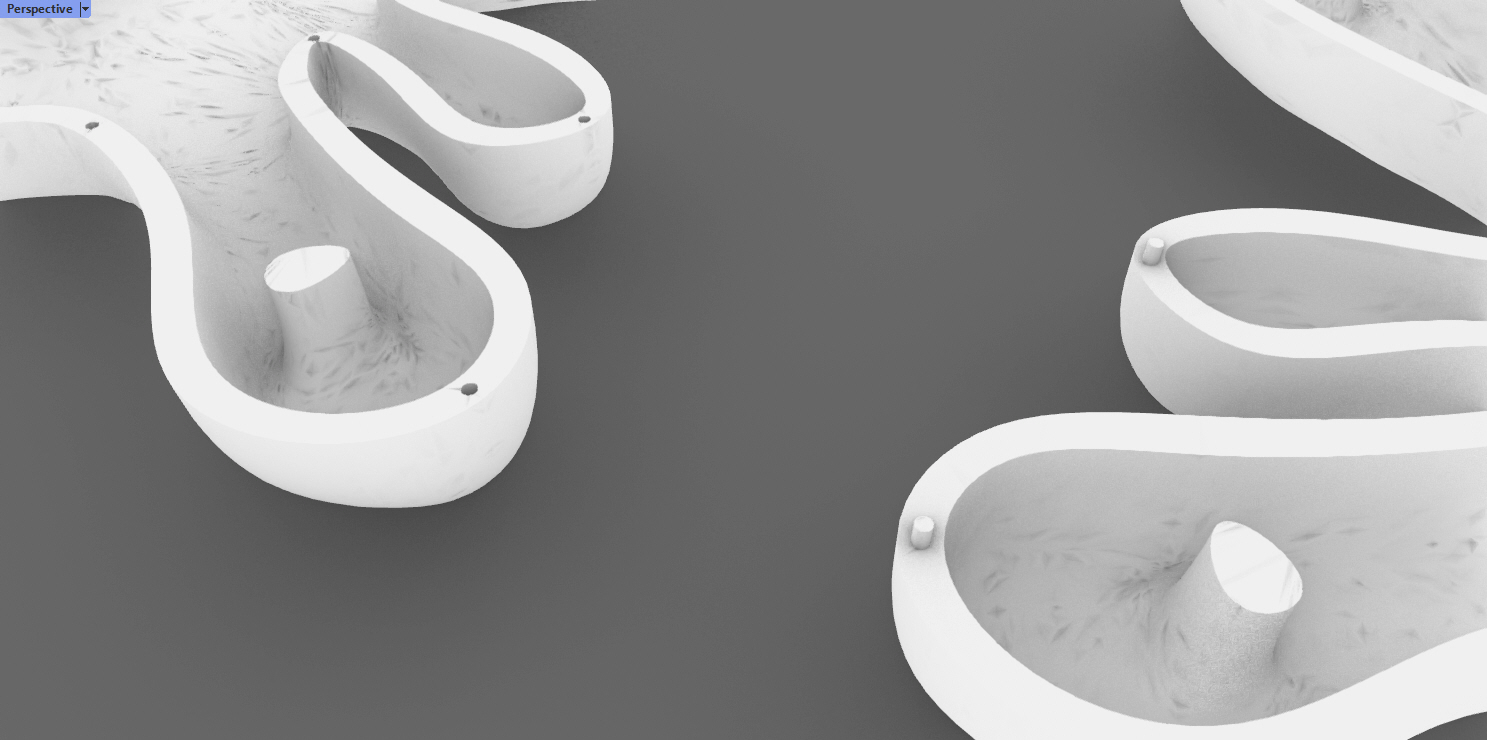
Moving onto the final iteration of the mold, I tried to make a ledge that would slot into itself in order to ensure that I could cast it in one piece. I added indentations for things like the clips and where the buttons would be, as well as holes for th wires to exit the sillicon when the casting was being performed.

I decided to be persistant and try another cast another time the next day.
Final Product
What Worked

What Didn't Work
For instance, despite the last time the casting was more sucessful there were some higher elevation areas of the mold that were not reached by the sillicon so the top of the blob is uneven. In addition, I had to remove the sound sensor when pouring the sillicon as I had not made an opening for the microphone to stick out and I was worried about it breaking if in silicon. I had the connecting wires stick out to be able to add it back in, but I cant figure out which wires are which (two of the wires are the same color which doesn't help).
The blob also needs to be wired at the moment, as there is no battery within it, which would be something I want to impliment in the next iteration.